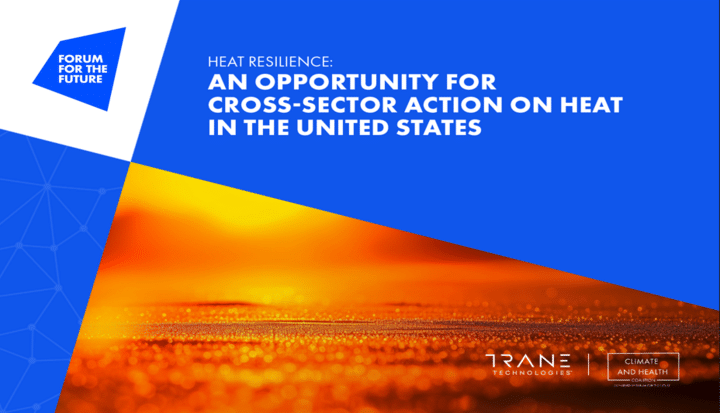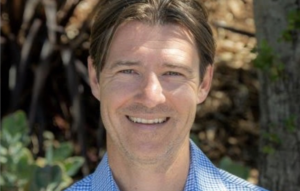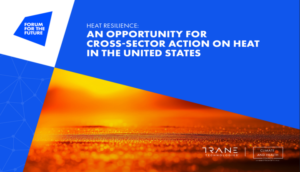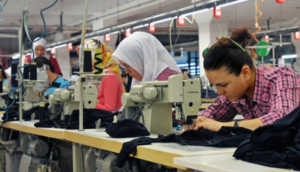Extreme heat is the deadliest—and most underestimated—climate threat in the United States (US).
Each year, extreme heat kills more than 1,300 people in the US, making it the leading climate-related cause of death—surpassing hurricanes, floods, and tornadoes. 2025 was hottest year on record in the US, with the coldest state in the nation, Alaska being placed under heat advisories for the first time in recorded history. Yet the crisis remains largely invisible.
At the same time, rising temperatures are escalating economic losses. By 2030, heat could cost the U.S. economy up to $200 billion a year, and as much as $500 billion by 2050, through lost labor productivity, supply-chain disruptions, energy demand, and damage to public infrastructure.
Despite its scale, heat risk is still treated as a fragmented problem. Communities, businesses, and governments are taking action—but in silos. Building a resilient future will require collaboration across sectors and scales.
Businesses, healthcare companies, governments and community organizations are beginning to realize that no one organization can build resilience alone. So, what will it take to protect people, communities and economies from intensifying heat?
Heat Resilience: An Opportunity for Cross-Sector Action in the United States, developed by Forum for the Future and Trane Technologies through the Climate and Health Coalition, lays out a shared agenda for collective action to protect people, communities, and economies from rising heat. It outlines:
- A roadmap for collective action outlining system-level shifts needed to address extreme heat.
- Sector-specific guidance for businesses—including those in insurance, pharmaceuticals and consumer health, agriculture and food, technology, the built environment, and media—as well as policymakers at the city and state levels.
- Policy, finance, and design levers that enable community-centered resilience.
- Case studies from organizations leading on heat resilience—including Bayer, Elevance Health, the Federation of American Scientists, Johnson & Johnson, the Resilient Cities Network, La Isla Network, Health Care Without Harm, The Alliance for Heat Resilience and Health, Mercer and the National Commission on Climate and Workforce Health, Safe Work 4 All Coalition, and Trane Technologies.
Drawing on six months of collaboration with experts and practitioners across business, healthcare, government, it’s clear that coordinated action is needed to:
- Protect workers and vulnerable communities through strengthened heat-safety standards, community-resilience programs, and equitable access to cooling infrastructure.
- Embed heat adaptation into everyday life by advancing resilient housing, reliable energy systems, and health-centered urban planning.
- Integrate extreme heat into corporate strategy and governance, ensuring risk management, workforce health, and operational continuity are central to business planning.
- Mobilize finance and investment to retrofit infrastructure, scale innovation, and unlock dedicated funding mechanisms for resilience.
- Leverage data, technology, and health insights to strengthen early-warning systems and inform evidence-based decision-making.
- Align public, private, and philanthropic efforts to fill funding and policy gaps, build shared accountability, and enable coordinated local and national action.
Together, we can collectively build a shared agenda for heat resilience across multiple geographies. Let’s co-design bold, cross-sector strategies that accelerate equitable, systemic responses to extreme heat at a city, regional, state, and country level—mobilizing private sector leadership alongside policy, public health, and community action to protect people, strengthen systems, and build a more resilient future.
Download the white paper today
📩 Email the cl**************@fo***************.org for more information and to get involved.
This article is part of the Business Fights Poverty Climate Series with Fundação Dom Cabral (FDC) taking place during COP30 Climate Summit in Belém, Brazil.
